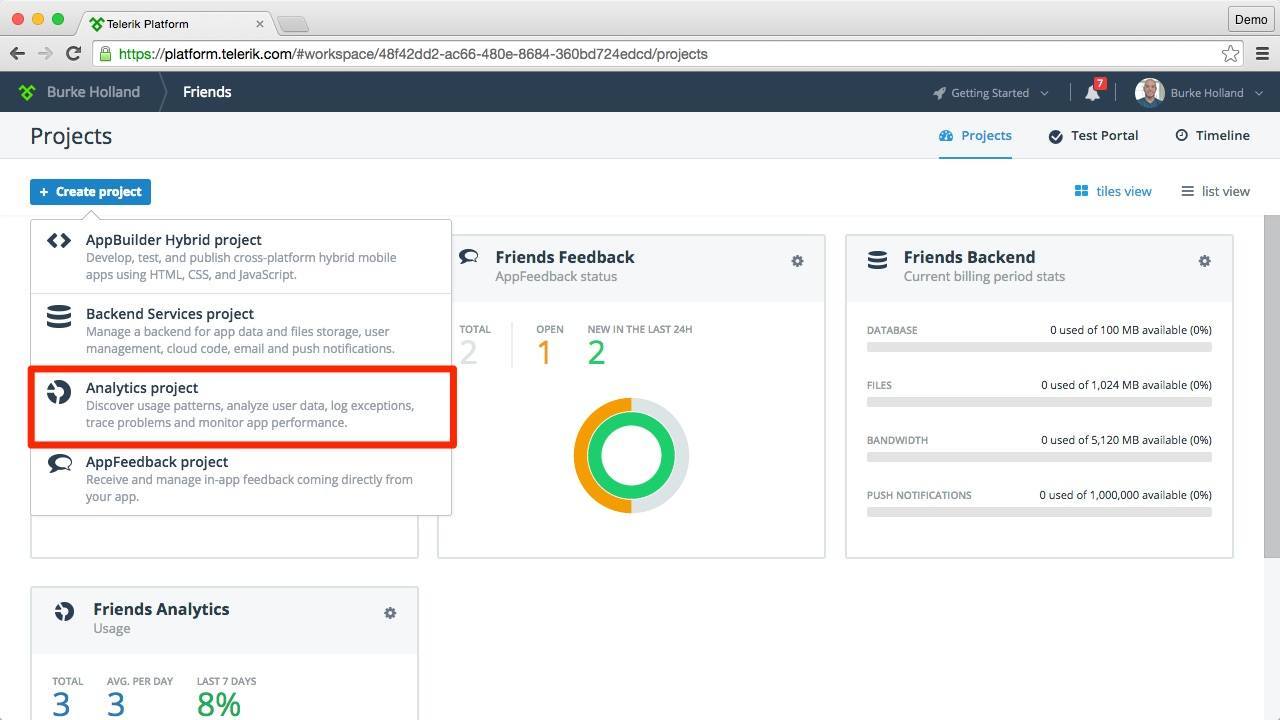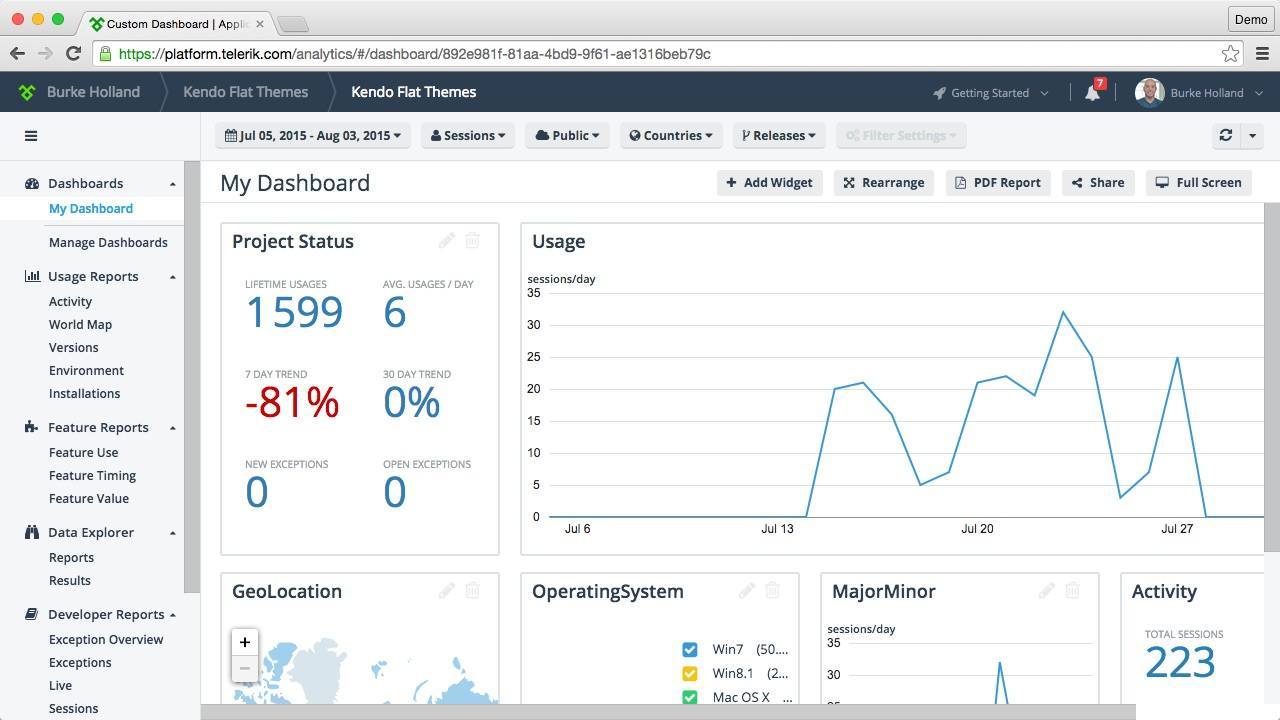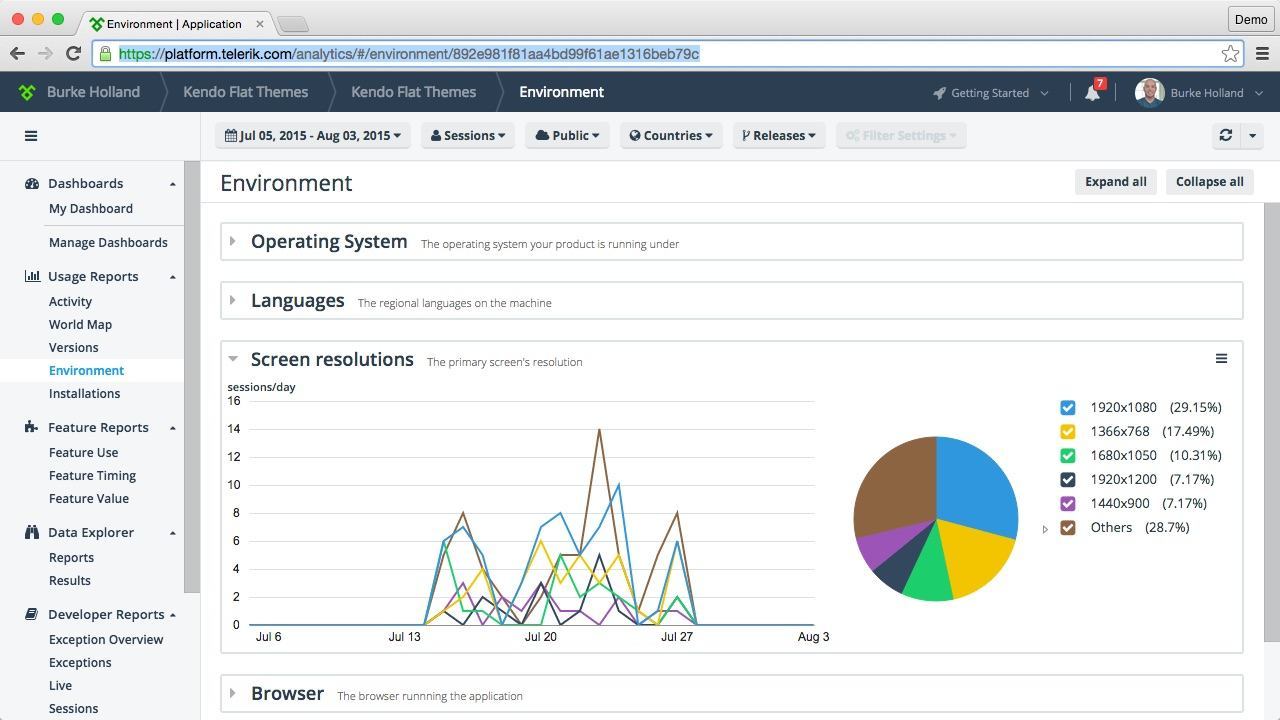Understanding the Three Types Of Analytics
In God We Trust. All others bring data.
W. E. Deming
The quote above (in original form) comes from a Quora post made by an ex-Amazon Employee who used to do analytics at the retail giant. It’s actually a paraphrase of something written right around 56-58 AD:
Yea, let God be true, but every man a liar; ...
Romans 3:4 NKJ
Not much has changed in the last few thousand years, it seems.
In the Quora post, the ex-Amazoner goes on to tell a story about a project he worked on where Amazon was trying to determine which books were textbooks and which ones were not. They didn’t want to accidentally put standard books in the textbook store as it would cost them additional and unnecessary money to do so. When you consider the scale of books that Amazon deals with, and the fact that there is no simple way to accurately differentiate a Micro-Biology book from a piece of Twilight fan fiction, analytics is the only answer.
Analytics is defined as the ability to identify patterns in data, then take measureable action.
In Amazon’s case, they had to apply statistical concepts and rigerous analysis of the data. However, their work resulted in a better Textbook Store and, therefore, a better buying experience for students.
When the buying experience is better, people do more buying.
Unfortunately, Analytics is hard. Not only is it hard, but it’s also often reactionary. In other words, nobody cares about the data until there is a problem, and then people want to know why RIGHT NOW.
This is more true today than ever before. Why? Because we know more about people than ever before. Most people are carrying a mobile device that knows an awful lot them; their location, their friends, where they go on the Internet--even how fast their heart is currently beating.
If you’re doing mobile development, some or all of this data will flow into your application in one way or the other. The question is whether or not you are going to be able to identify patterns in that data, and, more importantly, know what actions to take.
In this article, I’ll break down the three core types of analytics that will be essential for creating successful mobile applications.
The Three Types of Analytics
In the webinar “Building An App In 60 Minutes,” Todd Anglin goes through the three different types of anlaytics that mobile app developers need to be able to adequately store and dissect:
- Quantitative
- Qualitative
- Marketing
Check out this quick clip from the webinar…
Now, these are not definitive categorizations for all types of analytics, but rather a high-level grouping of the different kinds of data that developers are most often interested in collecting. The most popular and best known of these categories is Quantitative Analytics.
Quantitative
If you’ve ever had a website, you have most likely used quantitative analytics. These would be your standard Google Analytics or StatCounter data. It’s how many people are coming to your site, where are they going on your site and how long they stick around before leaving to go watch funny videos of people falling down on YouTube.
For mobile applications, quantitative analytics are non-negotiable. You have to have them.
For example, you may have a bug in your app that causes it to crash on every device after it’s installed. If you’ve ever downloaded an app, you know this happens more often than it should. In that case, one million downloads would result in one million one-star reviews. One-star reviews are not a good way to find bugs in your apps. At that point, the user has already bailed and is probably not coming back. Remember that wierd dandruff commericial about only having one chance to make a first impression?
Perhaps your app is internal and not going to an app store. You still want the same data. Usually it’s to justify the cost behind expanding on certain features of an application. For instance, lets say a certain department requests an expensive, time-consuming and soul-sucking enhacement to an existing application. Without quantitative analytics, there is no way to know whether or not there will be any ROI on that new feature. With those analytics, it’s easier to ensure you’re investing development time in building the right features and not just collecting technical debt.
Out of the box, Telerik Platform provides a quantitative analytics solution for applications.

You can actually use Telerik Analytics on any type of application: web, mobile, desktop and even Windows COM.

The kind of quantitative information Telerik Analytics can give you is exhaustive. Here is one of my dashboards from an actual application I wrote.

Yikes! I’m trending down 81%! Let’s take a look at some of this data closer. In my application, I have both desktop and mobile views. Notice, though, that nobody is visiting this site on a screen smaller than 1440 x 900

That means that I can probably write off the need to do further development on the mobile aspect. Either that, or I need to make sure the application actually loads on a mobile device.
Analytics dashboards are completely customizable, and you can even do crash reporting and see live activity in the application. (I just don’t have any to show you because my app never crashes and nobody ever uses it.)
Qualitative Analytics
The second type of analytics allows users to have a much more direct line of feedback. These are qualitative analytics.
Remember the last time you went to Taco Bell? I mean before all the self-loathing set in.
One of the biggest regrets of my life is eating Taco Bell about 30 minutes ago
— Burke H✪lland (@burkeholland) June 10, 2015
The last time I ate at Taco Bell, they gave me a receipt and said, “Call this number and take this survey and you might win $500.” Now why would they offer me $500 to tell them what I think of their restaurant and food? Because they are collecting qualitative analytics, and these numbers are worth far more than a measly $500.
Qualitative analytics is feedback directly from users and customers to you. Often that feedback is delayed. You will get qualitative feedback whether you want it or not. If you don’t ask for it, you will get it in the form of one-star reviews or angry calls to customer service.
In the case of software, we have a unique opportunity to collect qualitative analytics immediately. Devices are connected (occasionally), so we can offer users or testers the ability to give instant feedback. The Telerik Platform also offers a completely qualitative analytics solution called App Feedback.
App Feedback
App Feedback enables users (usually testers) to use your application then give immediate feedback complete with annotation. Once App Feedback is enabled for your application, all the user has to do is shake the device and a screenshot will be taken of the current screen. The user can then tap the screen to drop a marker, then enter more detailed feedback.

That feedback then flows through to my App Feedback dashboard where I can take action on it, reply to it and have my replies go all the way back through to users on their devices.
Qualitative analytics help you iterate faster on your application, so you know about bugs and poorly designed features BEFORE you go to production. In other words, the more qualitative analytics you collect, the less quantitative analytics you will have to dissect when it comes to crash reports.
Marketing Analytics
The last type of analytics that Todd talks about, are marketing analytics. If you’re a developer, your eyes may glaze over or roll back in your head at the sound of the word “marketing.” However, marketing analytics can make some of the heaviest impact on whether or not your application is successful in it’s goal, especially if that goal is tied to revenue.
Marketing analytics can be thought of as a way to test certain parts of your application with different users to gauge the response. The most popular type of testing for marketing analytics is known as “A/B” testing.
A/B Testing
Amazon is a treasure trove of data stories. In his post, “Early Amazon Shopping Cart,” Greg Linden talks about his ideas to provide users with “Recommended Products” when they went to checkout. The idea is that buyers often make impulse buys right before a pre-medidated purchase. This is why there is a bunch of crap you don’t need right by the cash register in the grocery store.
In Amazon’s case, they were in a tricky spot. One of the biggest problems for online retailers is shopping cart abandonment. In a physical retail location, it’s difficult for you to walk your cart all the way to the cash register, and then change your mind and just abandon it. That’s probably culturally rude and you rarely ever see it done. Online, you can just bail whenever you feel like it.
Amazon executives were worried that showing people recommended products at checkout would distract from the primary goal, which was to get the customer to check out in the first place. So what did they do? The A/B tested it. A small segment of customers got recommended products and the rest did not. Amazon learned not only did buyers complete the purchase process, but they frequently bought the recommended products, as well, and Amazon rushed to roll the feature out to everyone.
The Truth Shall Set You Free
To successfully act on analytics, you have to have the data for which to identify patterns. If you are currently working with production code that has no or very rudimentary analytics, it’s the digital equivalent of hiring someone to do a job, then never checking back with them again. Did they do the job? Maybe, maybe not. But the only way you’re going to find out is the hard way.
You can add qualitative and quantitative analytics to your applications today with Telerik Analytics and Telerik Feedback. Do a little A/B testing, and you’re well on your way to being able to not just build a mobile app, but build the right mobile app.

Burke Holland
Burke Holland is a web developer living in Nashville, TN and was the Director of Developer Relations at Progress. He enjoys working with and meeting developers who are building mobile apps with jQuery / HTML5 and loves to hack on social API's. Burke worked for Progress as a Developer Advocate focusing on Kendo UI.
